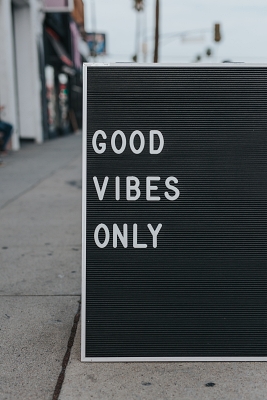Quick answer is no but, rather than go into the negatives of that statement, I would prefer to give you hints of what to look out for, plus options of what you can do if you find that your Reiki teachings have left you with either a negative experience or disappointed in any way with no follow up on working with Reiki or help with any heavy de-stressing that might occur.
Reiki simply means Spiritual Energy which leaves a lot of space for interpretation – so to begin with look out for the Usui Method of Reiki, and ask about your Reiki Master’s lineage.
I have changed the name of my Study Courses to Living Reiki, and start every course I, II, III and IV with a quote from Mikao Usui’s Sensai, the original Reiki Master who brought this method of healing back into awareness from ancient Sanskrit knowledge approximately 100 years ago yet, his words are just as relevant now.
‘First of all, our Reiki Ryoho (method of Spiritual Healing) is an original therapy, which is built upon the spiritual power of the universe.
Through it, the human being will first be made healthy, and then peace of mind and joy in life will be increased.
Today we need improvements and restructuring in our lives so that we can free our fellow human beings from illness and emotional suffering.’
I have been developing my Reiki Courses since 1999 and have noticed that they have been refined many times over the years of teaching. More and more it has become noticeable to me that our main client with Reiki is ourselves and so, the first thing I would advise is look out for which techniques are given to help your personal healing journey and then, how do they guide you to work on people, children, animals and objects. Mikao Usui wanted Reiki to not be ‘lofty’; he thought it should be easily learned by everyone.
On the first day of the Living Reiki Course everyone receives a workbook where they can record everything from self treatments to group sessions. There should be plenty of time to learn each technique and share experiences, always giving support along the way. I find the best method is to commit to one day a week over a five-week period, the last day being at least a couple of weeks after the first four days.
We keep in touch between meetings via The Light Workers Way Meditation Group on the App “Insight Timer” and encourage everyone to come along to our Living Reiki Share Days. Also, Living Reiki Course members are invited to volunteer some of their time at our Living Reiki Stand at The Light Workers Way Psychic Festivals which raise funds for communities locally and overseas, and also to receive a Living Reiki.
Here are some questions to ask when considering doing Reiki:
- How many people are on the courses? I teach in small groups so that everyone receives optimum attention.
- How many modules are there? Eight modules in Living Reiki I and II, 12 in III and IV, plus other requirements.
- How many tunings do they give? We traditionally give 4 attunements for Living Reiki I, 3 for Living Reiki II and 1 for Living Reiki III/IV.
- Do they have to go to other courses to learn different Reiki techniques or is it all included in the Course? Everything is included.
- Do they leave time between Courses? There should be 6 months between Reiki I and II and 2 years before doing Reiki III and IV. This allows the integration of the Reiki energy.
- Does your Reiki Master provide Reiki Share Days? Yes, we do.
- What other support is provided? The Light Workers Way Meditation Group. Living Reiki Treatments. Absent Healing.
You want the most out of learning Reiki so make sure you have the best information possible. The Light Workers Way regularly teaches Living Reiki and are invested in teaching traditionally and honouring the desire of Usui Makeo Sensai to make you healthy, with peace of mind and joy in your life increasing all the time.

